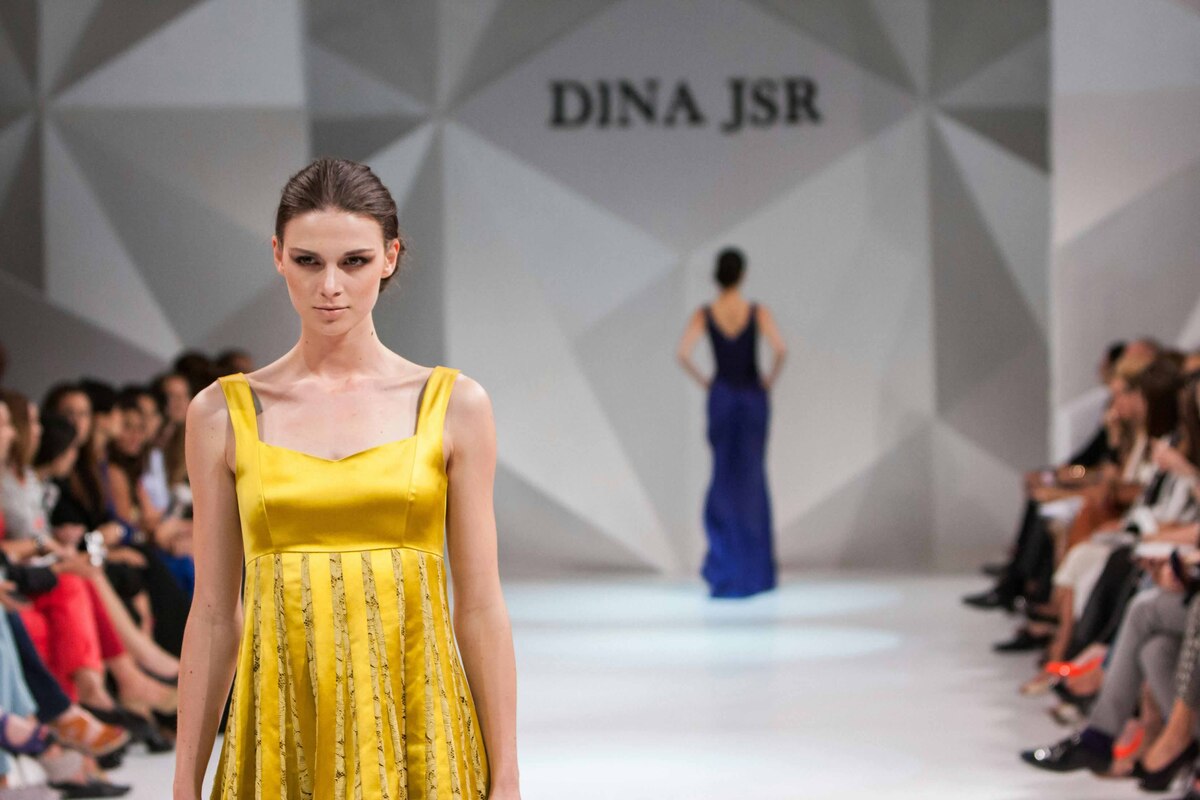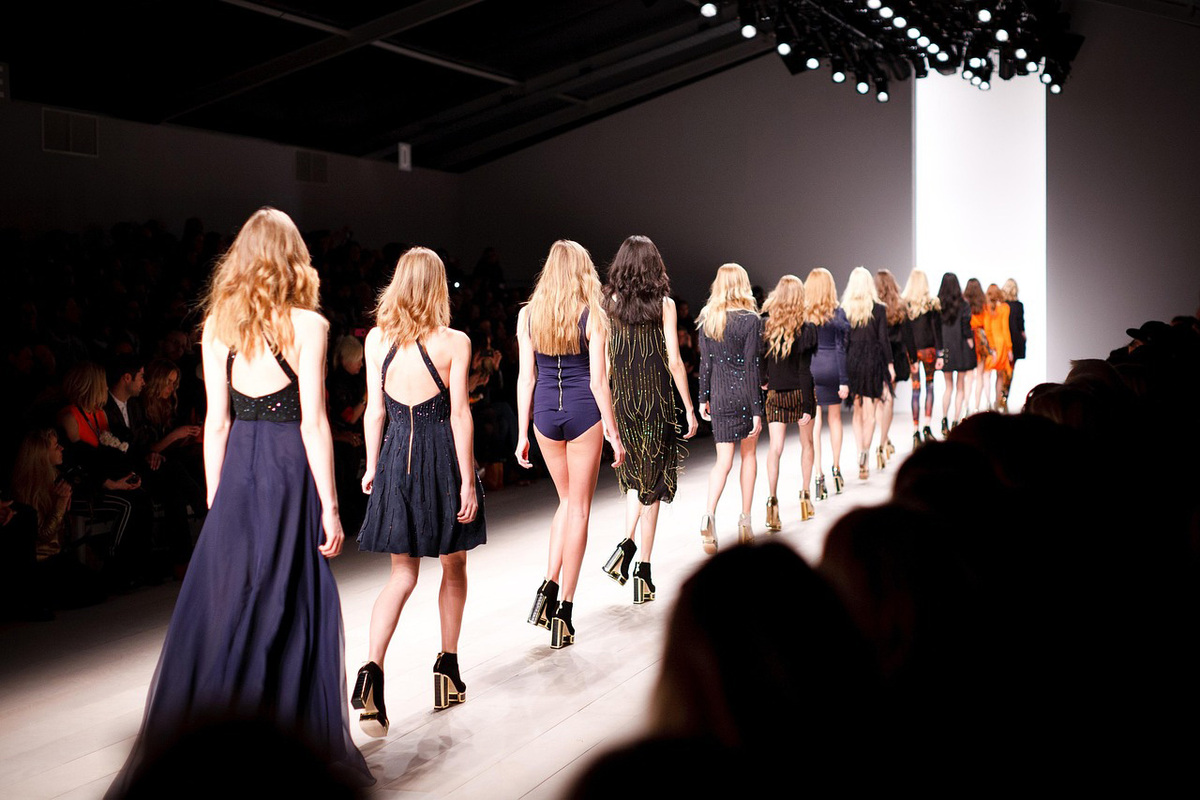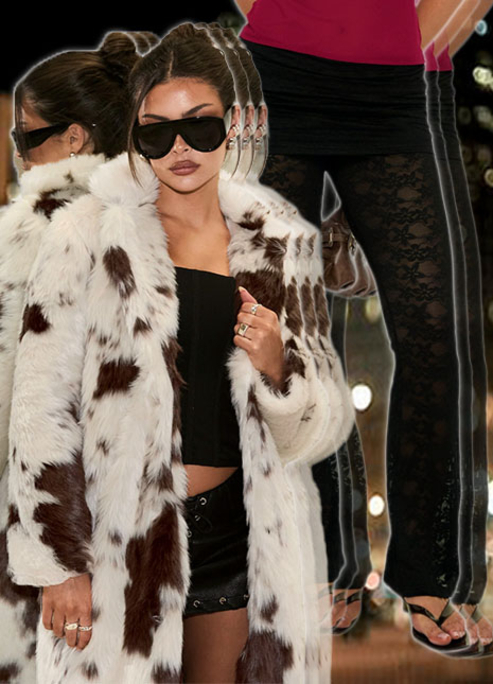
Highs on the Runway: The Complicated History of Fashion and Substance Abuse
Behind the glamour, fashion still hides its darkest habits.
When we look at runway models, we see the glitz and the glamour, the beauty and style. However, behind the runways and editorial spreads often lies a more troubling legacy, one of substance abuse, addiction, and silence. For decades, the pressure to perform, conform, and maintain appearances has fueled a culture where drugs often became tools of survival. We’d love to say that’s no longer the case but, unfortunately, the complicated history of fashion and substance abuse runs deep. But how deep?
A Fast-Paced Industry with No Off Switch
Fashion is notoriously relentless. Every day models fly across time zones, stylists work through the night, and designers are expected to create, push boundaries, and meet unforgiving deadlines. There’s little room for rest and even less for vulnerability. For many, this is where stimulants come into play, allowing a relatively inexpensive way to stay alert and thin. On the other hand, sedatives can help slow the crash. These substances start as something more recreational and easily turn into actual functional, even normalized behaviors. People in the industry often learned early on that exhaustion was expected, and coping with that exhaustion was their own responsibility.
Heroin Chic and the Era of Aestheticized Addiction
In the 1990s, substance abuse became a part of the prominent look rather than just existing in the background. The heroin chic trend, known for its signature mark hollowed cheeks, glassy eyes, and androgynous frames, took over editorials and advertising campaigns. Kate Moss became the face of the movement, though many others embodied the aesthetic both on and off camera.
Of course, what seemed edgy to some was devastating to others. Critics called out the glamorization of drug use, but the fashion world resisted accountability. When then-President Bill Clinton publicly criticized the trend in 1997, it marked one of the rare times the government directly addressed the industry's influence. Still, the complicated history of fashion and substance abuse persisted well beyond the headlines.
Substance Abuse Behind the Curtains
Fashion’s relationship with drugs stretches further back than the heroin chic moment of the 90s. In the 1970s and '80s, the rise of nightlife culture around fashion circles like Studio 54 cemented cocaine as something desirable. Back then, it was seen as chic, clean, and surprisingly helpful for suppressing appetite. Aside from cocaine, alcohol also flowed freely at afterparties, and various drugs were often part of the backstage toolkit.
Tragically, this normalization came at a great cost. Model Gia Carangi, often dubbed the first supermodel, died at 26 following a battle with AIDS-related issues and heroin use. Designer Alexander McQueen, generally known for his brilliance and torment, also died by suicide after years of drug use and depression. Their deaths, although often looked at as isolated incidents, were actually real warnings the industry often ignored.
No Safety Net
Fashion, especially for freelancers and young newcomers of today, offers very little protection. Most models begin their careers as teens, working odd hours under intense scrutiny with few legal safeguards. Many are far from home, unaccompanied, and afraid to speak out. Even if they have some backing from their agencies, they usually don’t offer comprehensive care or invite mental health professionals to the set.
This leaves room for substance use to creep in through social environments and cultural cues. In environments like that, no one protects models from danger, not even when it involves something as unfortunately common yet serious as a mix of antipsychotics and alcohol, a combination that can have deadly consequences.
A Shift Toward “Wellness”
In recent years, fashion has rebranded itself as more conscious and inclusive. Self-improvement and wellness are the new fashion buzzwords. Nowadays, brands often show models meditating, sipping green juice, or journaling in curated Instagram posts. However, this shift hasn’t necessarily disrupted the core pressure points that feed into substance abuse. The image of health has changed, but the underlying expectations of perfection, productivity, and constant availability still remain. Some models say the pressure has only evolved: now they’re expected to look effortlessly glowing at all times, with flawless skin, high energy, and a personal brand to match.
While some brands have made real changes by implementing BMI regulations, banning underage models, or providing better backstage conditions, many in the industry argue it’s still not enough.
Influencer Culture and a New Form of Stress
The rise of social media has added a new layer of pressure. Models and creatives aren’t just expected to show up for jobs anymore. Instead, they’re also building personal brands, curating content, and managing the demands of algorithm-driven attention. It’s exhausting. With that taken into consideration, it’s no wonder that for some, drugs still offer an escape or a performance enhancer.
Furthermore, burnout among influencers and fashion professionals is very common. Because of that, microdosing psychedelics, abusing stimulants marketed as productivity tools, or drinking to cope with online scrutiny are still heavily normalized behaviors, no matter how risky they are.
As a means to combat the unhealthy treatment, we’ve seen a sudden rise in AI models and influencers. However, these fake internet personas don’t actually offer any relief to existing influencers and models. Instead, they’re just creating additional competition, further lowering standards for how people in this industry can be treated. After all, if you can program a computer to generate a model by yourself, why would you pay a living wage and offer counseling to an actual live model?
Accountability Over Aesthetics
Fashion thrives on pushing limits, challenging norms, and reinventing itself. However, true reinvention means reckoning with its past. In other words, it means treating mental health and addiction as structural issues instead of personal failures. It means asking who has access to care, who gets protected, and who is being pushed beyond their limits for the sake of profit or prestige. Moreover, it means listening to those who’ve left the industry because they refused to sacrifice their well-being for their careers.
Luckily, there are glimmers of hope. A few modeling agencies now offer therapy support. Some independent brands prioritize safer workspaces and flexible schedules. But for change to last, it has to become the rule and not just the exception.
Final Thoughts: Shedding the Illusion
Fashion shouldn’t have to choose between excellence and humanity. The industry's creativity and influence are undeniable but, as we all know, with power comes responsibility. The complicated history of fashion and substance abuse unfortunately isn’t just a forgotten part of history, it’s also a current problem and a reflection of what the industry values. Until those values shift for good, the cost will continue to be paid by those behind the scenes.














